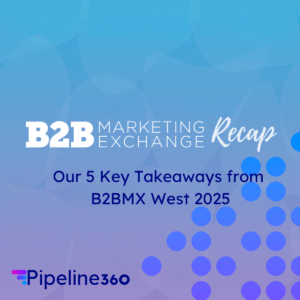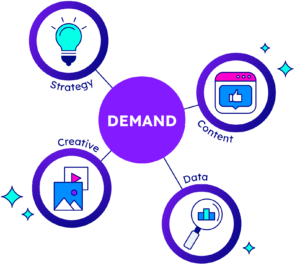What if I told you that everything we were taught about the buyer’s journey and the B2B purchase process was wrong? Most marketers realize that the buyer journey isn’t an accurate representation of how B2B purchasing works today and yet it has persisted because buyer behavior is complex and changes over time.
The Changing B2B Landscape
Over the last decade, the B2B purchasing process for technology has undergone a massive series of shifts, and it’s time we acknowledge that our traditional notions of the buyer’s journey and the related marketing funnel no longer hold water. The reality is that B2B technology purchasing decisions encompass expensive, complex, highly differentiated products. These decisions involve career risk, brand preference, and the shortlisting of potential vendors. Importantly, these factors are not sequential steps; they happen simultaneously.
This has always been the case, but artificial and outdated thinking like the marketing funnel led to a siloed approach in our marketing efforts that has obscured this truth and ultimately led B2B marketing even farther away from how purchasing works and the buyer’s needs.
What Went Wrong with the Marketing Funnel
The creation of the B2B purchase journey and the related marketing funnel was born out of a well-intentioned desire to create impactful marketing. Yet, in doing so, we unintentionally distorted the very nature of how B2B decisions are made. The initial flaw in this logic was failing to recognize that in the B2B purchase process, the who, why, and what are intertwined from the outset. When you’re dealing with products and services that carry inherent risk and require a deep understanding of the brand and company behind the solution, you don’t separate these considerations into neat, sequential stages.
What Happens When B2C Tools are used for B2B
This separation of brand and demand advertising that we’ve seen develop in B2B marketing is also a direct result of inappropriately applying B2C, mass-market marketing techniques to B2B markets. In B2C, where purchase decisions are simple and low-risk, differentiating between brand-building and demand generation makes sense. But in B2B, this approach has always been flawed because the stakes are higher, the products are more complex, and the decision-makers need a comprehensive understanding of both the solution and the company behind it right from the start.
The Convergence of Brand and Demand
It’s important to note that the data science and digital technology required to bring together brand and demand advertising in B2B didn’t exist until very recently. But now, with advancements in data analytics, AI, and marketing automation, we have the tools to bring these two critical elements together. And when we do, the impact on demand generation performance is undeniable.
In B2B marketing today, the convergence of brand and demand marketing isn’t just a nice-to-have; it’s a must-have. By aligning these efforts, we not only create a more accurate reflection of the actual purchase process but also drive stronger ABM and Demand Generation marketing performance.
Moving Forward
It’s time to move beyond outdated notions of funnels and journeys and embrace a more holistic approach to B2B marketing—one that recognizes the true nature of how decisions are made and leverages the full power of brand and demand convergence.





